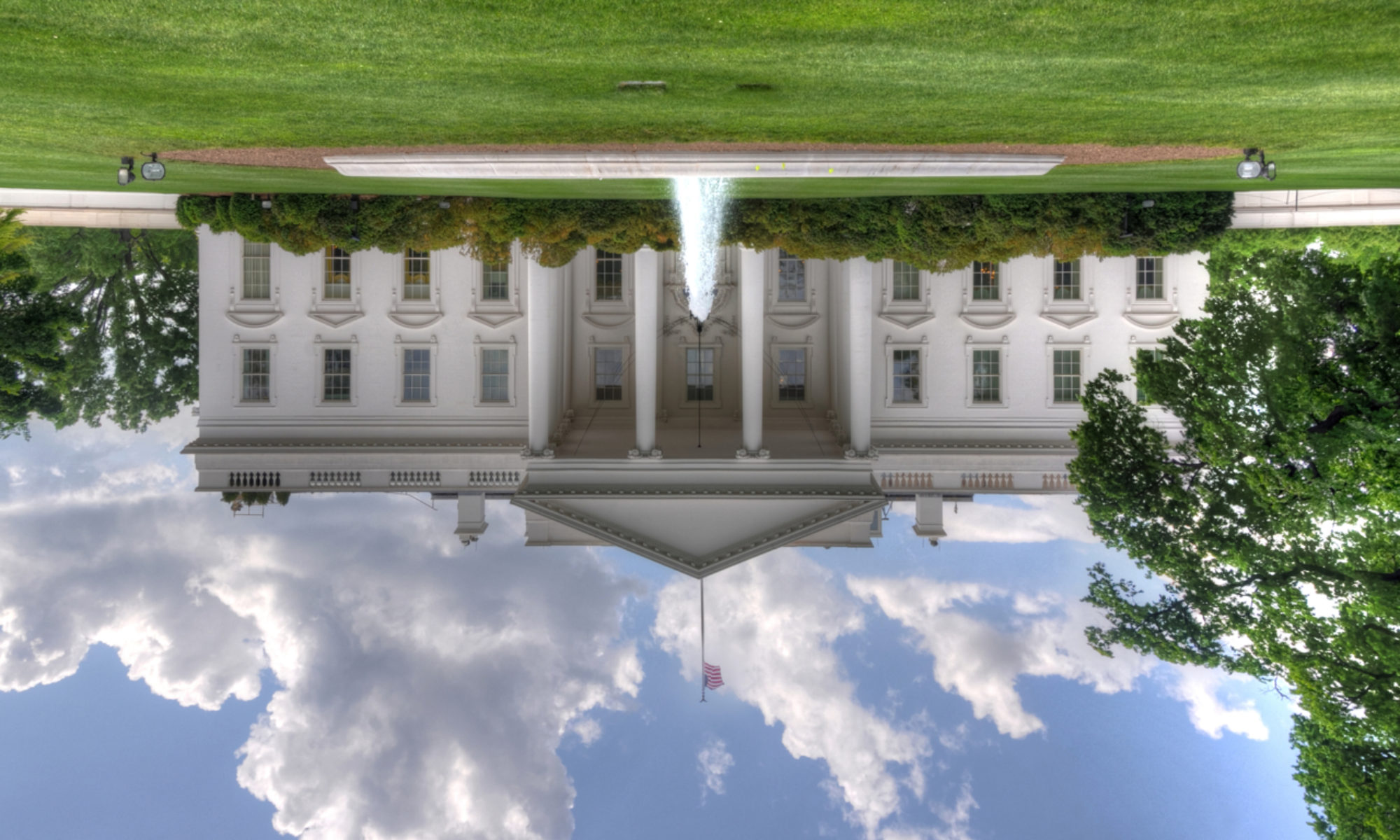Donald Trump’s MAGA campaign rally in Tulsa Oklahoma, his first since the COVID-19 pandemic lockdowns, hasn’t even taken place yet, but one need only witness its planning and logistics to see that it sums up the Trump approach to presidency, in general.
First (though it’s hard to decide where to start), there’s Trump’s typical disregard for science—in this case, infectious disease and public health experts. The indoor event, expected to pack in thousands of “shoulder-to-shoulder” attendees, is taking place in spite of the pandemic of highly contagious COVID-19 that rages in the background.
Despite a nearly 30-percent increase in the number of cases in Tulsa over the past week, Donald Trump, who continues to flout experts’ advice, refuses to wear a mask, and because he has communicated the idea that real men don’t wear masks, we don’t expect him to be wearing one during his rally. Consequently, neither can we expect the other “real men” (or their “real women”) at his rally to be wearing masks, either.
Since Donald Trump knows his base so well, he knows that they will follow his lead when it comes to what they should think. He has told them many lies over these 3-1/2 years, including that COVID-19 is mostly hype (it doesn’t matter which conspiracy theory they believe, though, so long as they believe one).
On the other hand, fully aware that he’s downplayed and lied to them about COVID-19, the Trump campaign is requiring rally attendees to sign a waiver agreeing not to sue, should they become sick from breathing in the droplets of an infected person while the masses are chanting, cheering, singing…or booing Hillary. The waiver lets him slither out of culpability…not unlike his slithering out of other accountabilities…such as removal from office following impeachment.
It seems more likely, though, that, as with other aspects of what some would call the abusive relationship between Donald Trump and his base, Trump knows that if thousands do become infected as a result of the rally, they would likely make excuses for him and continue welcoming him back home as they find a way to blame a Democrat conspiracy, Chinese drones spraying chemicals overhead, or Hillary Clinton. The waiver is simply extra protection.
Tulsa’s health director, Bruce Dart, said, “I wish we could postpone this to a time when the virus isn’t as large a concern as it is today.”
Trump’s willingness to put his supporters at great risk in order to bask in their adoration could not be more characteristic of who Donald Trump is.
From his efforts to abolish the Affordable Care Act to his reversal of environmental protections to his promotion of unproven and potentially fatal COVID-19 treatments, Donald Trump’s M.O. has been to place others into jeopardy as he reaped the rewards and praise. Donald Trump has repeatedly demonstrated his disregard for whether Americans—even his base—live or die.
And speaking of disregard: Did Donald Trump or his campaign intentionally schedule the original date of the rally for Juneteenth…and in Tulsa, Oklahoma?
Originally, Trump’s MAGA rally in Tulsa, Oklahoma, was scheduled for Juneteenth, or Emancipation Day, June 19. Juneteenth is celebrated in the U.S. to commemorate the announcement of the abolition of slavery and the emancipation of slaves on June 19, 1865.
The fact that Trump’s rally had been scheduled on this date, when he has almost completely ignored the reason for the current Black Lives Matter demonstrations while sending in violent police and military forces to break them up…Is the irony in picking this date founded in simple ignorance or oversight, or does it come from a conscious effort to mock African Americans?
As if choosing that particular date weren’t enough, Tulsa, Oklahoma, the rally’s venue, is the site of the Tulsa Massacre, one of the worst acts of racial violence we’ve seen in the U.S. Donald Trump is a president known for his racist comments, his defense of and association with white supremacists, and his complete refusal to acknowledge the problem of systemic racism in the U.S. Again, is the irony in this choice of locale born out of oversight, or cruelty?
It’s possible that Trump wasn’t aware of the significance of the date and locale. If that’s true, then surely, someone working on his campaign knew, and should have pointed it out earlier. If, indeed, no one was aware, it is just another indicator of how oblivious and out of touch this administration is with Americans who are not white.
If the rally date and location selection were not accidental, or, if the planners planned the rally despite knowing the significance of the date and location, then it was a conscious slap in the face of the African American community.
Oblivion, whether out of ignorance or cruel intention, is a hallmark of the Trump presidency. We’ve seen it play out in Trump’s approach to history, medicine, science, integrity, people of color, the law…
Trump was pressured by controversy to finally reschedule the MAGA rally to June 20. “Many of my African American friends and supporters have reached out to suggest that we consider changing the date out of respect for this Holiday,” he tweeted on Friday.
We can expect that he and his supporters will lean on this one feeble action as “proof” that Donald Trump is not a racist.
We can be reasonably sure, without even attending one, what a Trump campaign rally will be like. We’ve seen enough clips to expect the self-aggrandizement, the exaggerated statistics and claims (and those without any basis in truth at all), and the vilification of anyone Trump perceives to be against him. And incidentally, from this rally, we can also expect a rise in COVID-19 cases a couple of weeks later.
We don’t need to attend one of his campaign rallies to understand Donald Trump or his presidency any better. We need only look at the planning of his first post-lockdown campaign rally. The Dunning Kruger phenomenon, the gaslighting, the endangerment of Americans to stoke his ego, the racism, the oblivion. It’s all right there.
Trump delays Tulsa rally after criticism over Juneteenth date | CBS This Morning [2020-06-13]
News Wrap: Trump defends Juneteenth rally in Tulsa as ‘a celebration’ |
PBS NewsHour [2020-06-12]

